Then They Came for Me On 19 February, 1942, President Franklin D. Roosevelt signed Executive…
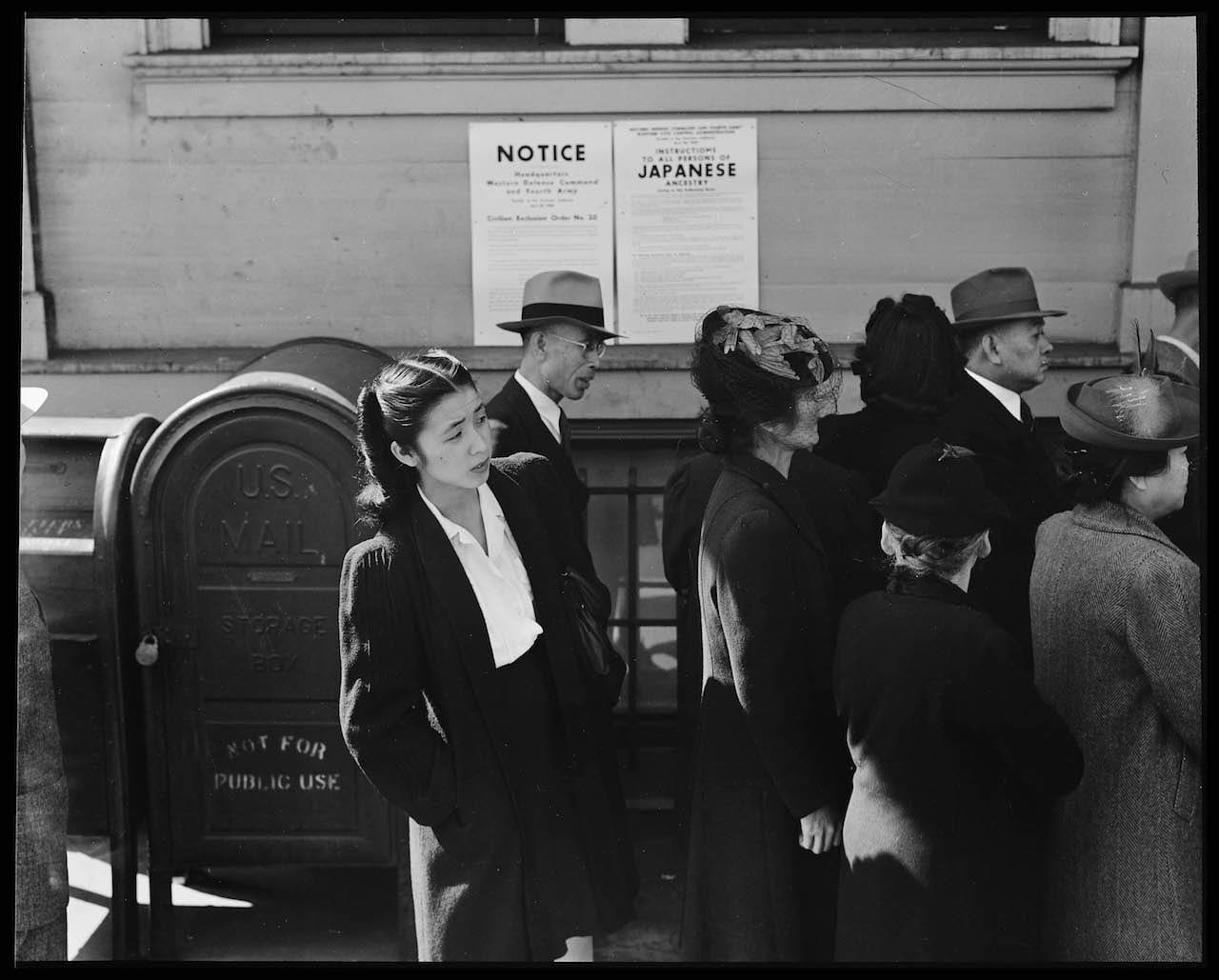

Then They Came for Me On 19 February, 1942, President Franklin D. Roosevelt signed Executive…
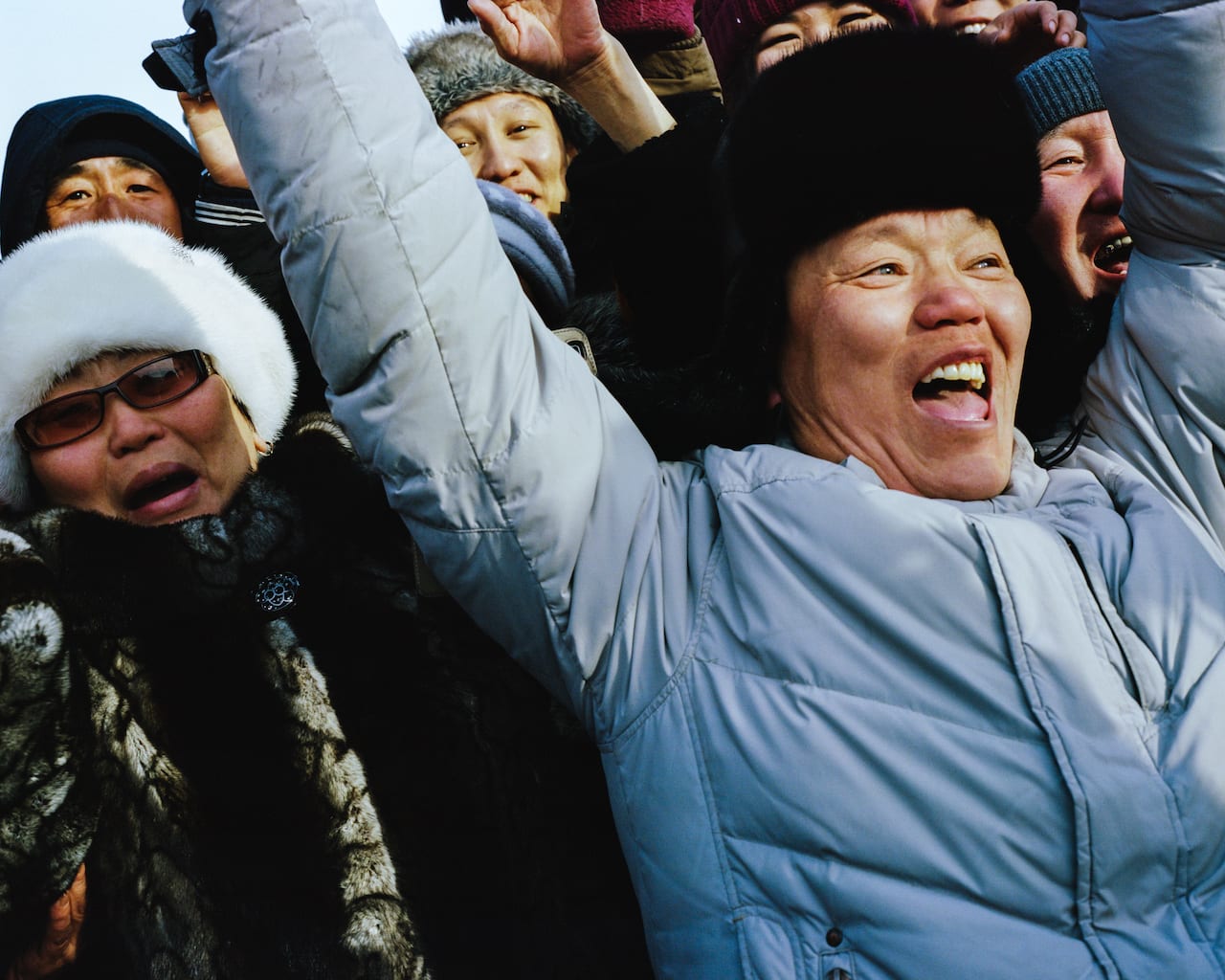
Though he was born in France, Alexis Pazoumian has long had ties with Russia. His grandfather, the painter Richard Jeranian, is originally from Armenia, and was among the first Western artists of his generation to go to Moscow in 1957, and then again in 1970, and then again for an exhibition in Novosibirsk in Siberia. “I grew up listening to the stories of his travels to this strange and far-away land,” says Pazoumian, “and it made me want to go there.”
Pazoumian’s uncle also adopted an Armenian girl after she was orphaned in the 1988 earthquake; this girl now lives in Yakutsk in the far north of Russia, so when Pazoumian heard about them, he decided he’d like to go to visit. “I was very well-received by this family,” he says. “They helped me throughout my stay.”

“For me it is important not to create a story with the pictures,” says Gerry Johansson. “Normally when you edit you try to sequence the photographs. But for me it is important that each picture is considered as a single, individual image.”
Johansson’s photography is largely driven by intuition, but when it comes to making a book, logic and order triumph. Almost all of his 31 photobooks are defined by their geography, if not the subject matter, and their equally-sized photographs are generally organised either alphabetically or chronologically, a bid to encourage readers to interpret them individually.
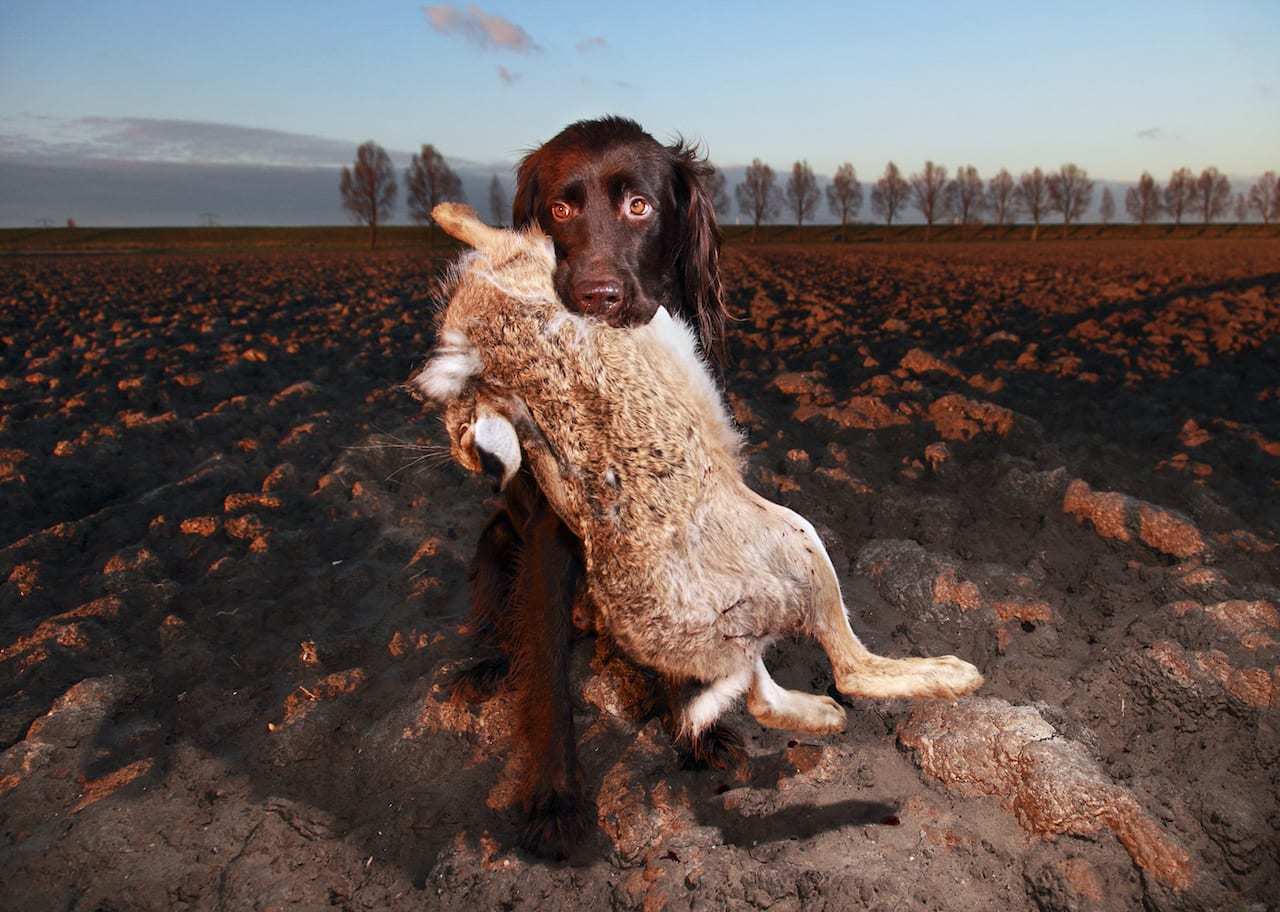
Born in Amsterdam in 1983, Isabella Rozendaal has been photographing animals since her student days at the Royal Academy of Arts in The Hague. Her book Animalia Amsterdam: Pet Portraits features over 100 images, and her new book and exhibition, Isabella Hunts: Photographing Hunting Cultures, shows images of hunters and prey from around the world shot over the last 12 years.
Focusing in on the Nukini people in the Brazilian Amazon (for whom hunting is as mundane as going to the supermarket), to European hunting rites (traditions which are a product of old aristocratic rituals), to American enthusiasts (shaped by the Romantic, pioneer wilderness ideal but supported by a vast commercial hunting industry), her images seek to question our concept of nature and our place in the food chain.
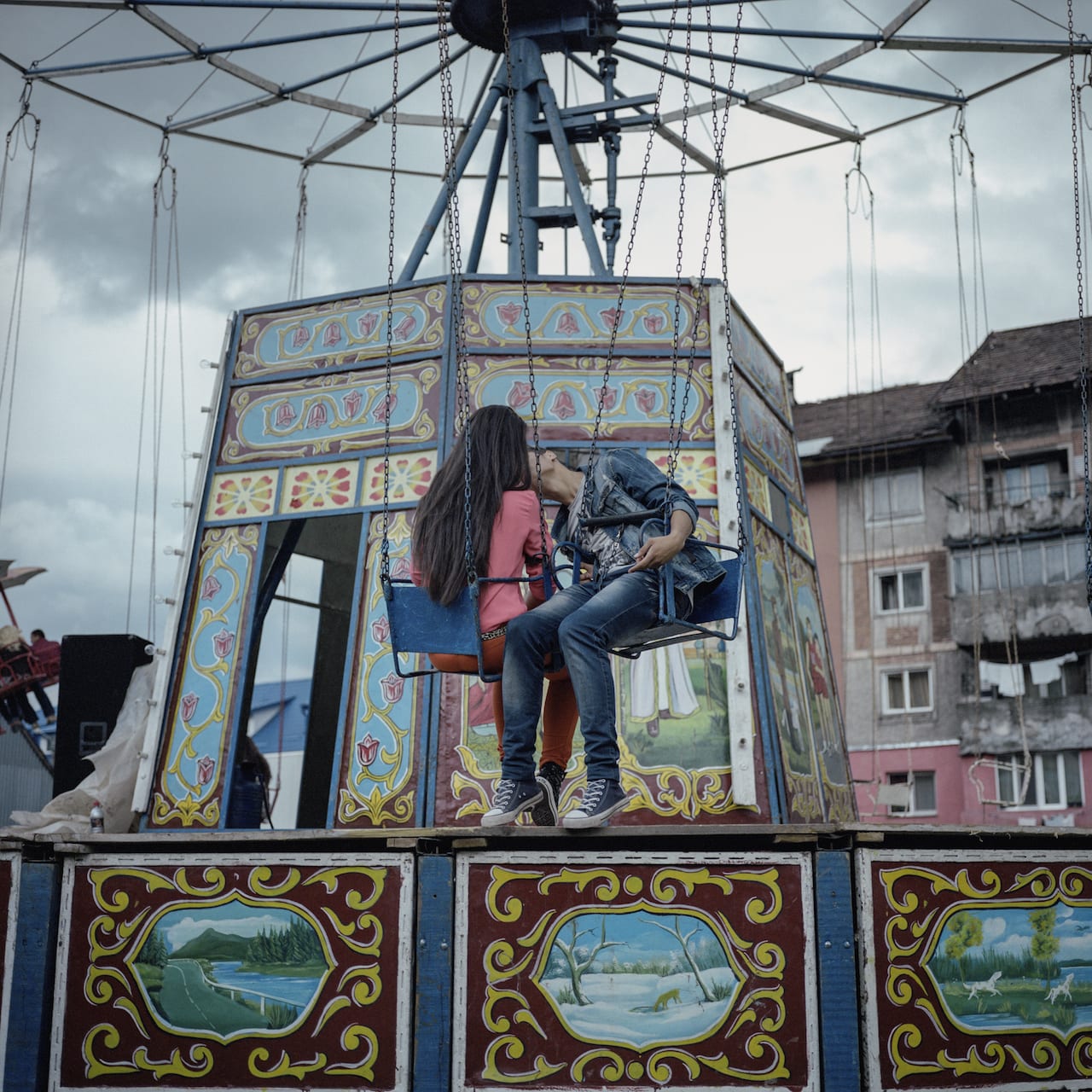
Our pick of the key stories from the past week, including Paris’ Circulation(s) festival of emerging European photography, the first-ever Kyiv Photo Book festival, and Todd Hido’s Bright Black World
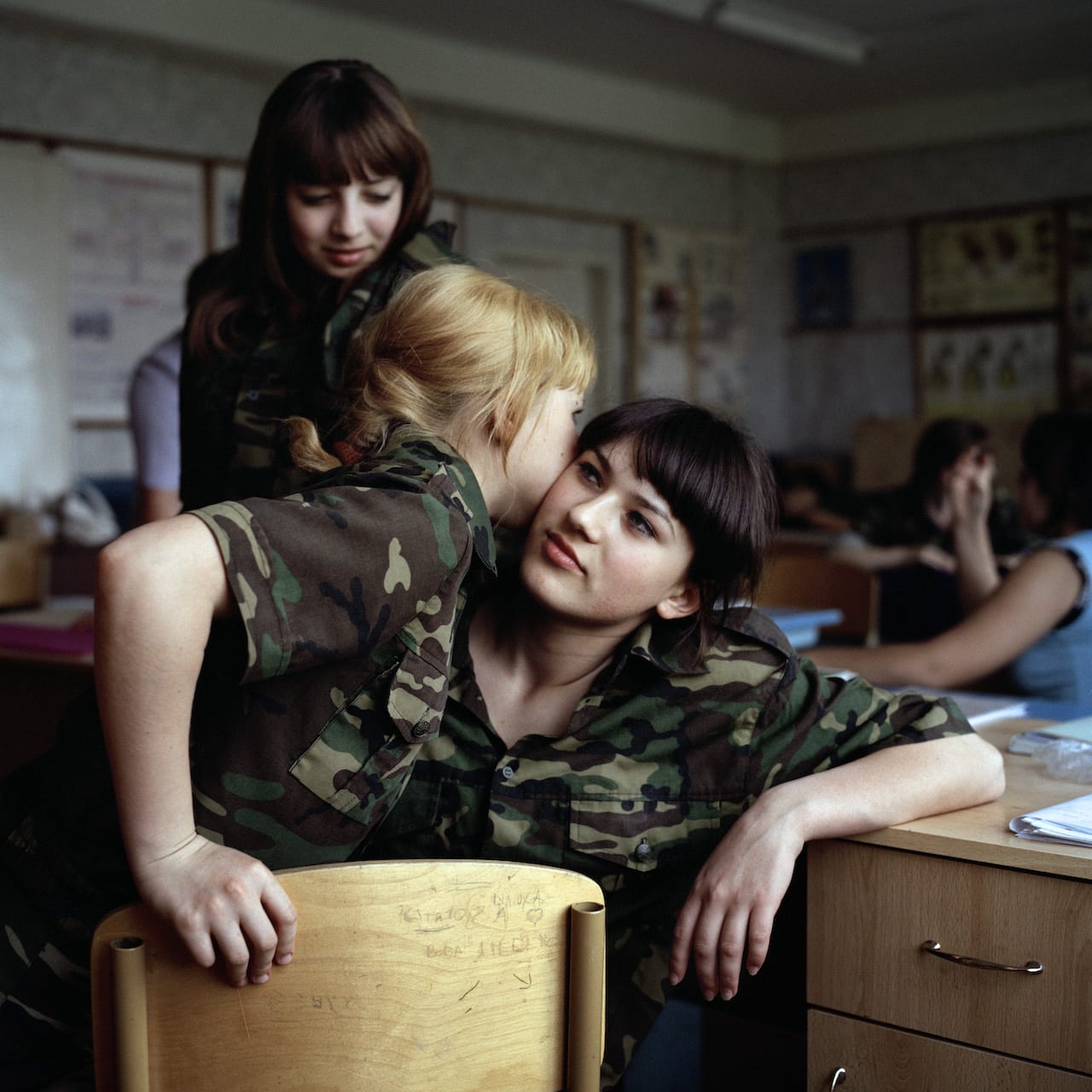
“She hangs around with us after school even though we make it clear she bores us. We whisper nonsense and pretend to laugh at jokes so she laughs too, and we ask, ‘What’s so funny?’ to watch her squirm. She knows we are mean, and yet still she follows along behind. ‘Like a dog,’ we say, loud enough for her to hear.”
On athousandwordphotos.com this is the start of the text accompanying an image of Russian army cadets by Anastasia Taylor-Lind – but it’s not a direct quote from one of the young women depicted. Instead it’s a work of fiction by author Claire Fuller, inspired by the image but written without any knowledge of the circumstances in which it was shot.
It’s the same with the story that accompanies Karim Ben Khalifa’s photograph of a sofa, which was taken in war-torn Kosovo in 1999. In real life, the sofa had been looted and therefore set on fire by French peace-keepers to discourage further looting. But in author Dan Dalton’s hands, it’s set on fire by a 17 year old, who had spent happy hours with a slightly wayward group of friends hanging out on the abandoned couch. Meanwhile a photograph taken by Dungeness nuclear power station by Phil Fisk, inspired Lydia Ruffles to write a short story about a worker called Tomo who’s afraid of the sea.
Pairing documentary photography with fictional writing isn’t new – in fact it’s become quite a trend, with image-makers such as David Goldblatt, Vasantha Yogananthan, Max Pinckers, and Dayanita Singh – among many more – all playing with the combination in recent years. But the examples above come from quite a different project, set up to support Interact Stroke Support – a London-based charity that organises sessions in which actors read to recovering stroke patients.
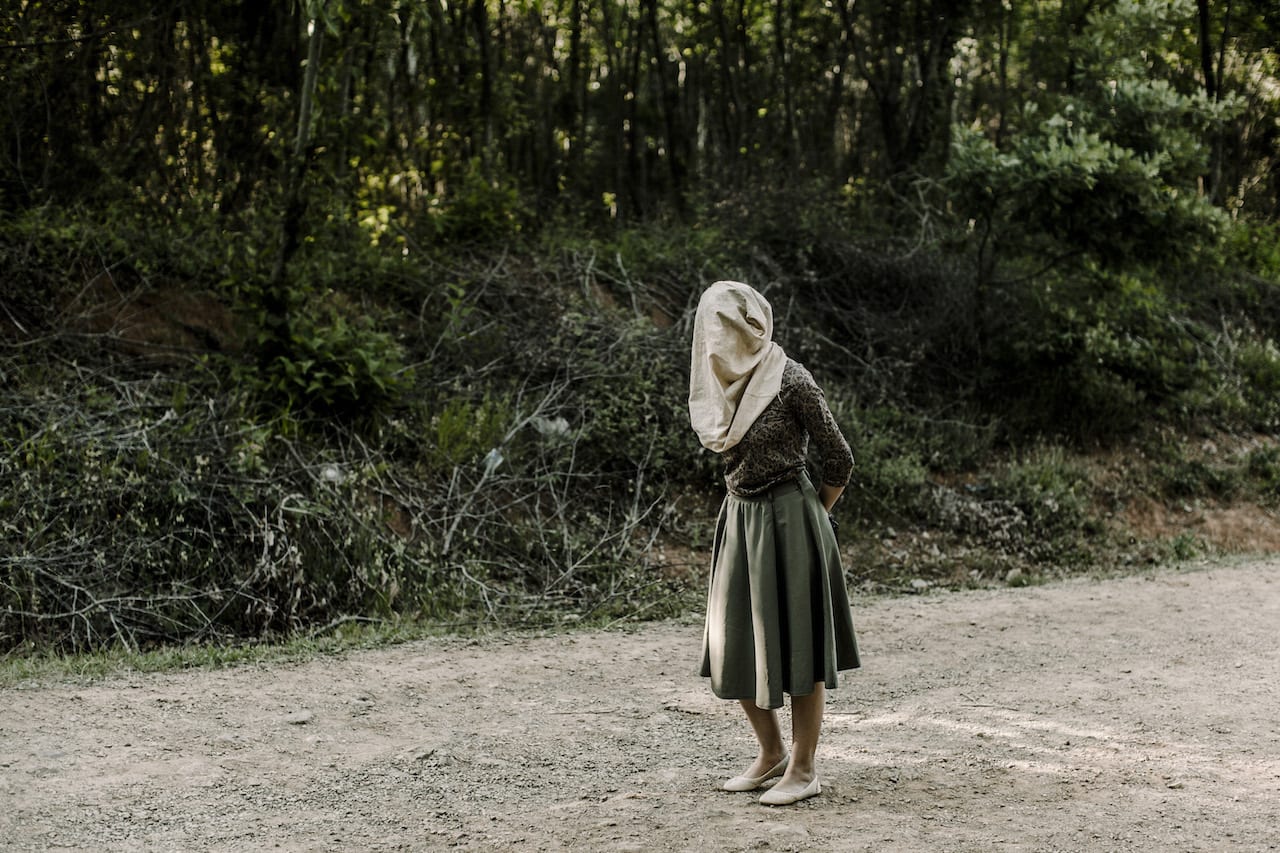
Taking a new approach to documentary photography after a near-death experience in Libya, Guy Martin captured Turkey’s fantasies and created a series which was recently published by GOST. “To not learn from that event in April 2011, I couldn’t do that to myself,” he says. “I couldn’t justify it to my family, I couldn’t be put in that same situation again,” he says. “The starting point was to take control of my photography, to use my photography instead of letting it use me.”

On 19 February, 1942, President Franklin D. Roosevelt signed Executive Order 9066, setting in motion a process in which all Americans of Japanese ancestry living on or near the West Coast were imprisoned. In total, 120,000 Japanese Americans were forced to leave their homes, moving into detention camps in which they were sometimes literally held behind barbed wire, without recourse to due process or other constitutional protections to which they were entitled.
It was, argues a forthcoming exhibition in San Francisco, a “dark chapter” in American history, motivated by “fear-mongering and racism at the highest levels of the US government”. Titled Then They Came for Me: Incarceration of Japanese Americans during WWII and the Demise of Civil Liberties, the exhibition features work by both noted American documentary photographers such has Dorothea Lange and Ansel Adams and incarcerated Japanese American artists Toyo Mityatake and Miné Okubo. Drawing out “parallels to tactics chillingly resurgent today”, the exhibition is accompanied by a full programme of events, including a discussion on 02 March titled The Realities of Othering: Islamophobia and the Legacy of Japanese American Incarceration.
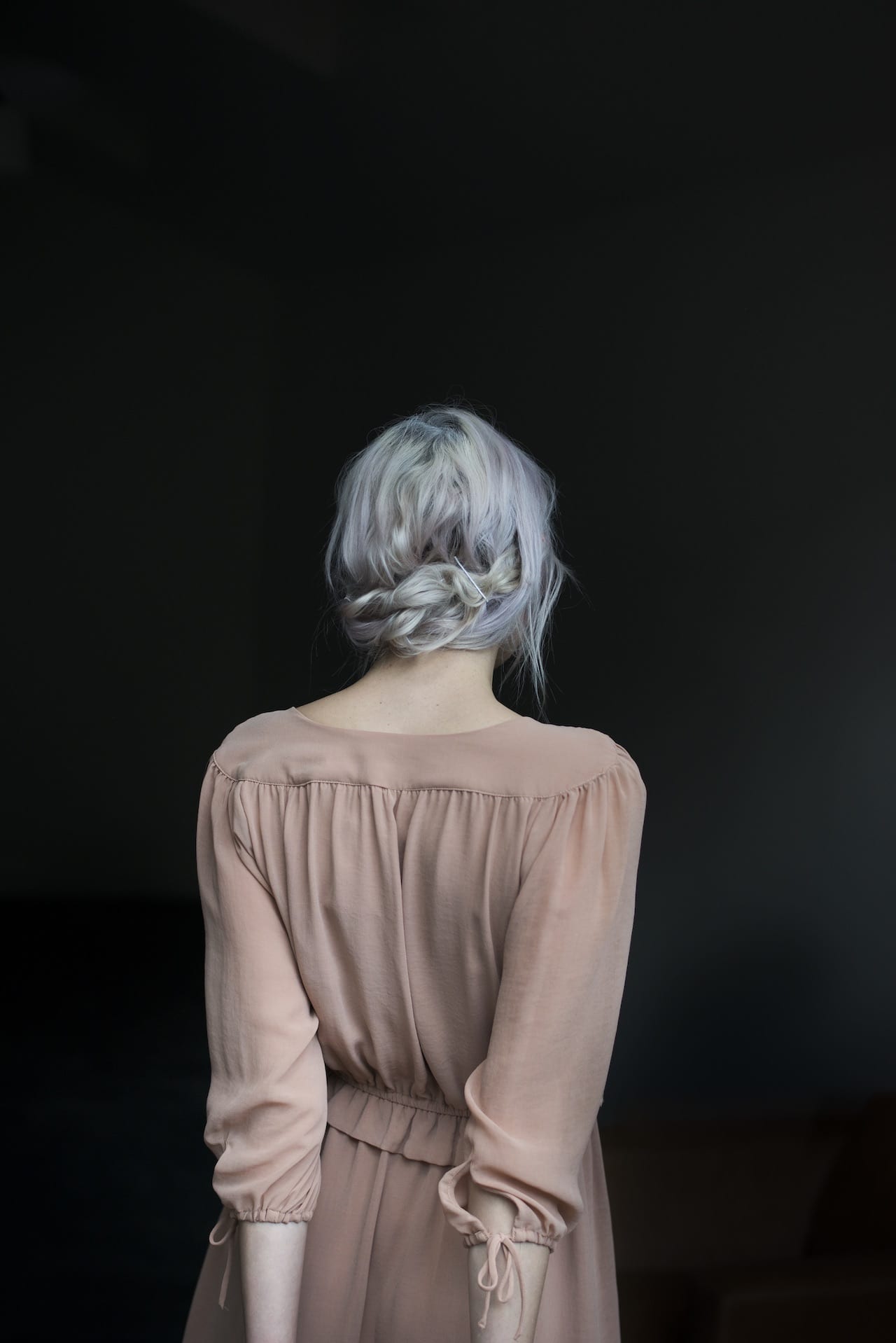
To look through Todd Hido’s lens is to view the world darkly. The San Francisco-based photographer’s entire oeuvre of compelling visual narratives is shrouded in inky obscurity, and in this regard, his latest work is no exception. The difference is that for the first time he has departed from his usual territory of suburban landscape and its relation to his own troubled childhood. Instead Bright Black World results from extensive travels abroad, and is steeped in a deep sense of pessimism about the future from the perspective of the present, attempting to “photograph the darkness that I see coming”.
There is something universally foreboding and immense happening here; work that captures nature on an awesome scale. And yet it can be read as a metaphorical measure of our individual existential lives, a dark poem alluding to our preconditioned mortality. His landscapes are magnificent in their brooding seduction, inspired by Norse mythology and the concept of Fimbulvetr – the long, harsh winter that precedes the end of Earth. Hido travelled to places he’d never visited before to capture these spectacles of natural devastation and melancholy, including the chilly vistas of the Norwegian tundra.
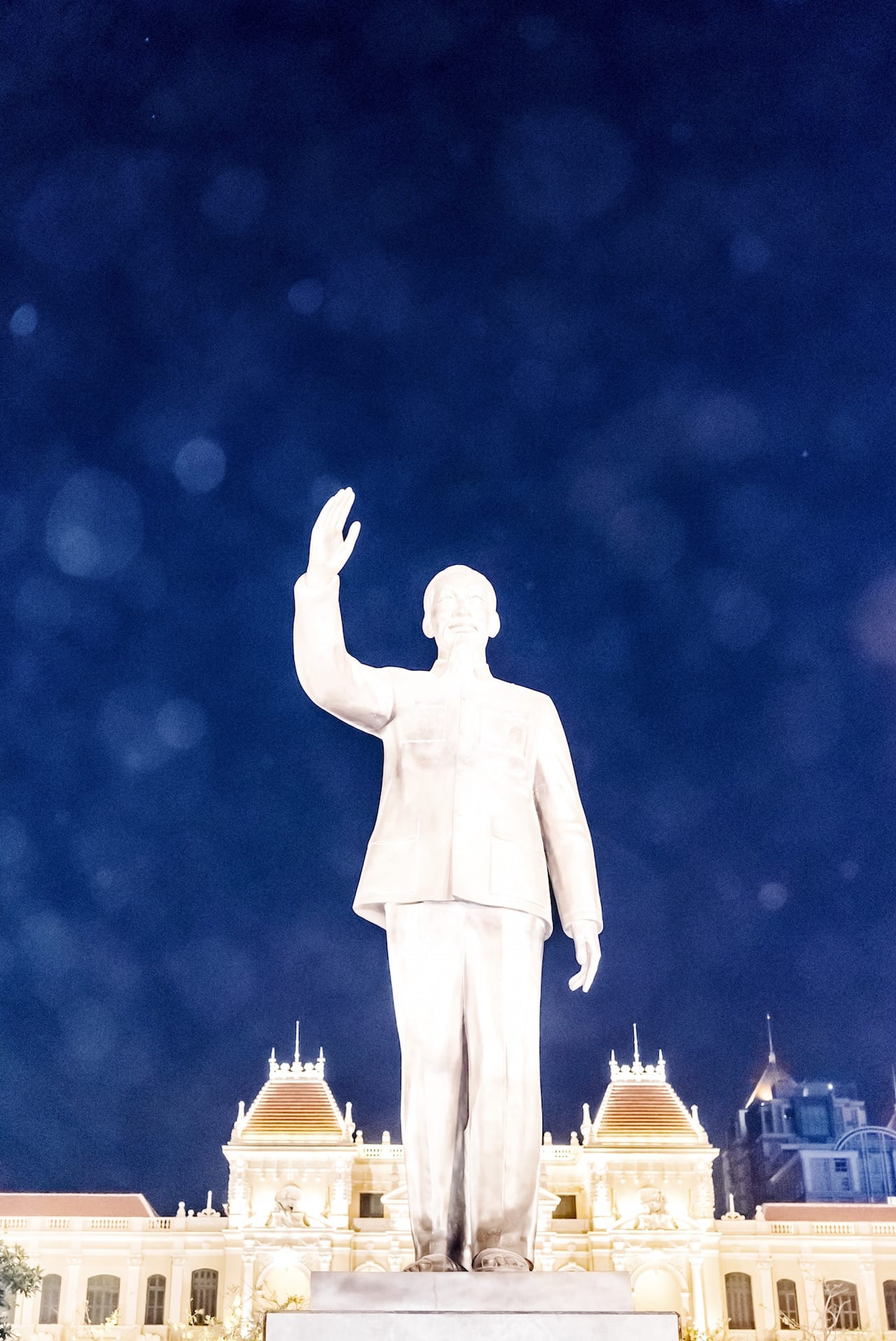
Charlie surfs on Lotus Flowers, which addresses the control of the one-party Communist government, and United States of Vietnam, which looks at the slow victory of capitalism over communism and its consequences for Vietnam’s economy. Using a combination of a staged, typological form of photography in United States of Vietnam, and a more autonomous, naturalistic style for Charlie surfs on Lotus Flowers, Sapienza intends to leave something for the viewer to work out. “They have to try to put their feet in the author’s shoes,” he says. “They just need to get the leitmotiv of your project, not the full, descriptive content. In that exchange lives the real core of the project.”